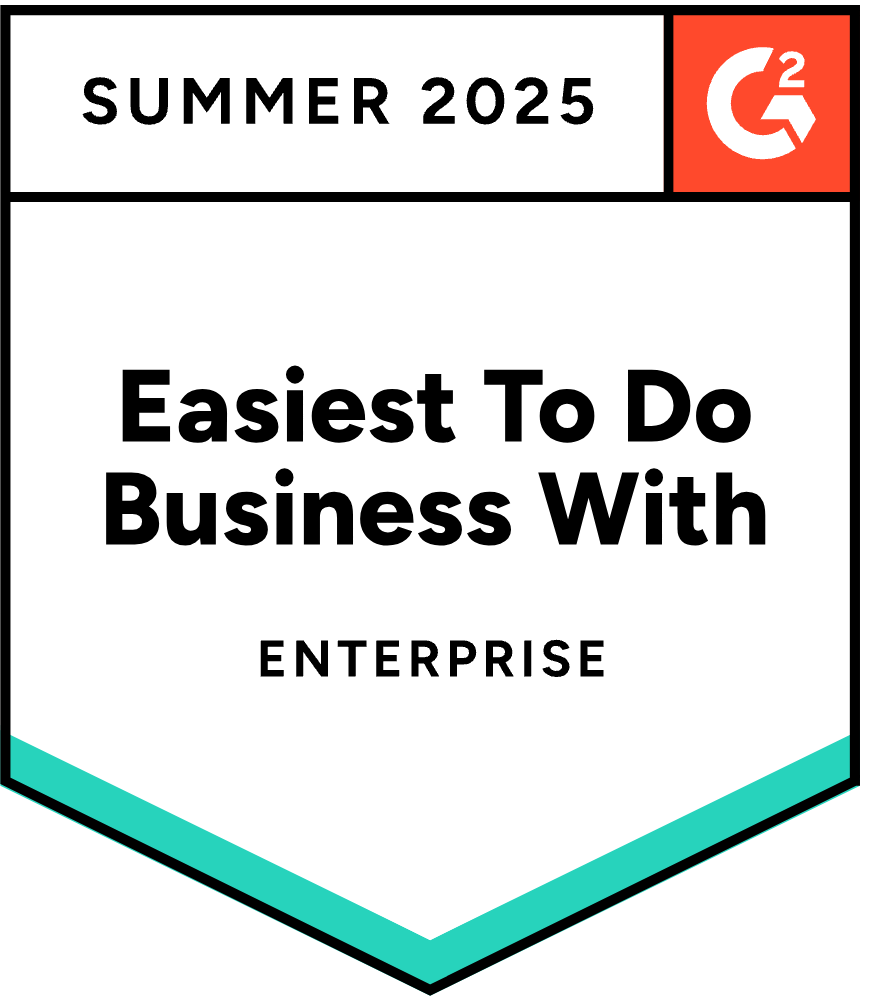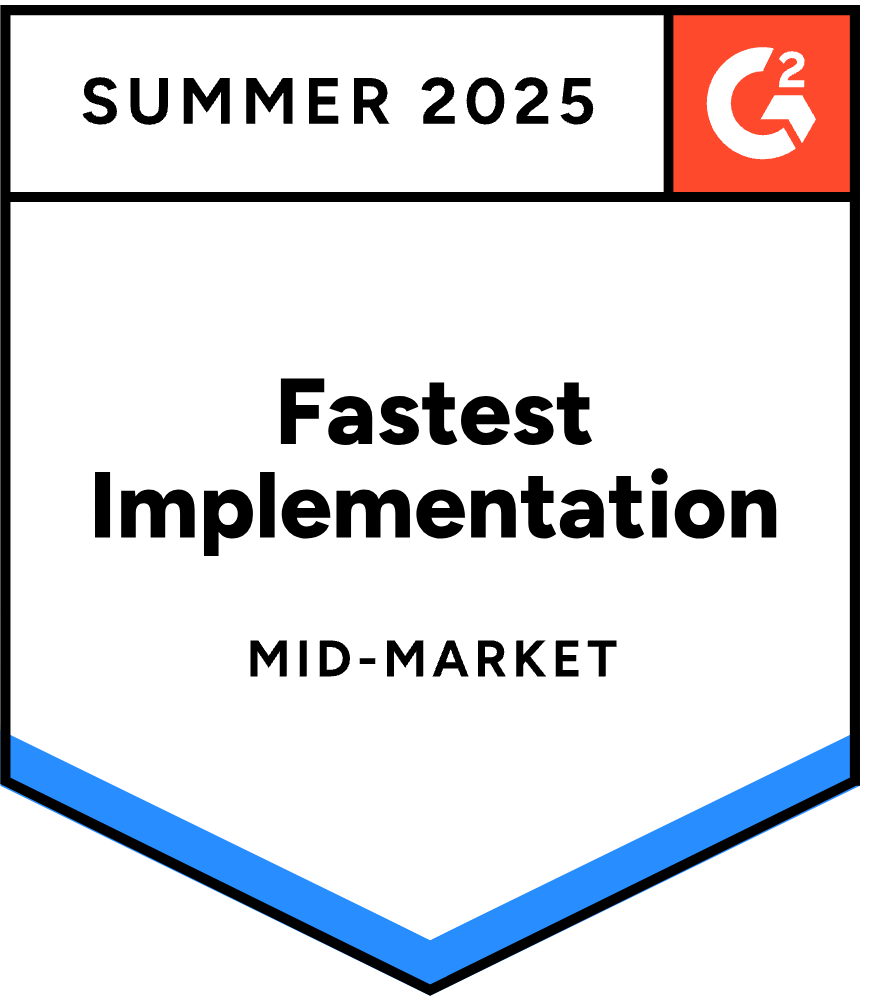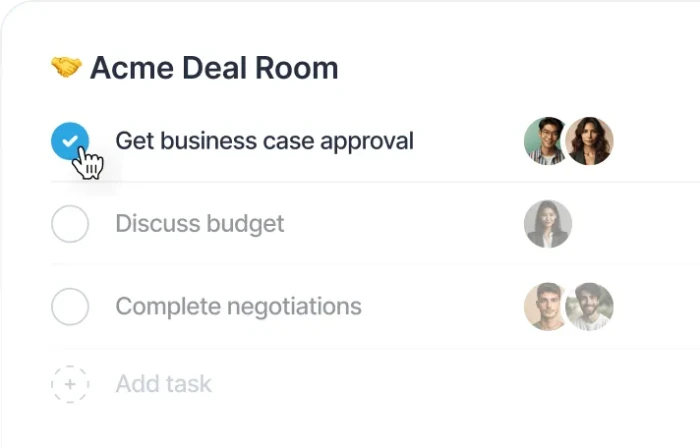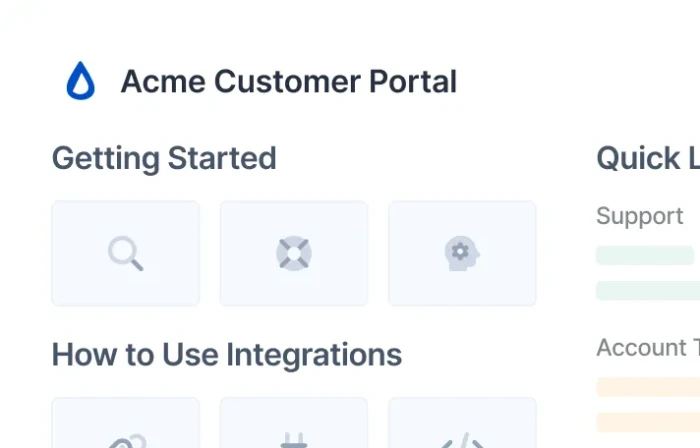Empower Customers to Self-Serve
Enablix helps sales, marketing and customer success teams engage prospects and customers through personalized deal rooms, customer portals, onboarding plans, training, and continuous education by delivering the most relevant, up-to-date content to the right audience.
Trusted by GTM Teams


















All-in-one customer engagement hub for enterprise companies.
Customer engagement platform designed for go-to-market teams. It helps deliver the most relevant sales, educational, training, and knowledge base content all in one place that’s easy to use and navigate, without added overhead, steep learning curves, or compliance risks. Our solution combines powerful content management, actionable analytics and integrates with your current tech stack.
Enable sales reps discover and share relevant content, empowering buyers with the right experience
- Onboard and train sales reps with personalized learning paths, and guided training
- Build personalized deal rooms with up-to-date content, branding and track buyer engagement
- Ensure reps can easily find the most up-to-date relevant content
Streamlining personalized customer communication & engagement to drive expansions.
- Easily manage and deliver the right content to all customer-facing teams
- Get more value from every asset with extended content shelf life
- Drive better adoption of marketing content by Sales and CS
- Spot and fill content gaps across the customer journey
Deliver custom experiences at scale for superior customer satisfaction and lower support expenses.
- Build self-service customer portals in minutes - no coding or overhead
- Personalize content, onboarding and training for every customer segment at scale
- Track content engagement to proactively support at-risk accounts
- Automate content delivery and ensure everything stays up-to-date
- Give customers everything they need without ever leaving the portal.
Hundreds of happy customers





What sets Enablix apart?
Enablix transforms how B2B companies grow and engage by simplifying how you store, organize, and share content and ensures the right people have access to the right information when they need it.
-
One platform for your customer’s journeyReduce cost, streamline enablement, and serve a consistent and engaging experience through your sales process to ongoing customer engagement.
-
Integrate with your existing systemsIntegrates with your current point solutions and creates one space for all your customer needs: support, training, content.
-
No extra bells or whistlesSimplicity is one of our superpowers. Our customers praise us for the ease of use. We’re not complicated.
-
Tracking and analyticsEnablix delivers full-funnel content analytics - who viewed what, where, and when, plus influence on opportunities, win rates, and revenue. Out-of-the-box dashboards, UTM support, and CRM sync make it easy to prove impact and plan the next best asset.

Products and features built for every stage of the customer journey.
Everything your customers need in one place.
- Central hub for support docs, updates, and resources
- Personalized experiences by geography, product, or role
- Embedded directly in your app with single sign-on
- Full brand control for a polished customer experience
One hub for all your customer-facing content
- Centralize, organize, and version-control every asset in one place
- Eliminate outdated decks, PDFs, and links floating across teams
- Bulk update and push content across portals, training, and deal rooms
- Ensure everyone—sales, CS, partners—always shares the latest, approved content
Ramp faster. Sell smarter.
- Guided learning paths that keep reps focused
- Certifications and gamification to drive accountability
- Analytics to uncover gaps and double down on strengths
- Seamless integration with your existing sales stack
Empower partners with a single source of truth
- Give partners instant access to the latest sales, marketing, and product content
- Deliver tailored experiences by region, product line, or partner tier
- Track engagement to see what drives enablement and performance
- Maintain complete brand control while streamlining collaboration
Enable your champions throughout the sales process.
- Personalized microsites for each prospect
- Track what content gets attention and what doesn’t
- Collaborate in real time with comments and update
- Enterprise-grade security with full brand control
More than LMS
- Guided, digestible learning paths
- Quizzes, badges, and certifications to boost engagement
- Progress tracking and analytics to measure success
- Easy content updates to keep training fresh
Success Story

Scaling content management for fast-growing company
Lightspeed DMS uses Enablix as its central content hub, powering sales, marketing, and customer success. With more than 50,000 customer data points flowing through the platform, GTM teams can finally see how content performs across their 3,500+ accounts.
Proven Results
30%
Faster Sales Cycles
40%
Reduced Onboarding Time
98%
Customer Retention Rate Success
Integrations For Seamless Enablement
We integrate with your revenue operations stack to deliver engaging experiences to your customers and capture actionable insights.
-
Data drives personalizationUse data to drive personalization at scale.
-
Undo information silosSource content from disparate sources to deliver a seamless experience.
-
Security first enablementActivate experiences and drive engagement without compromising security.












Learn more about Enablix
At Enablix, we don’t just provide software, we are your partner and support all areas of enablement to help meet your unique needs.



